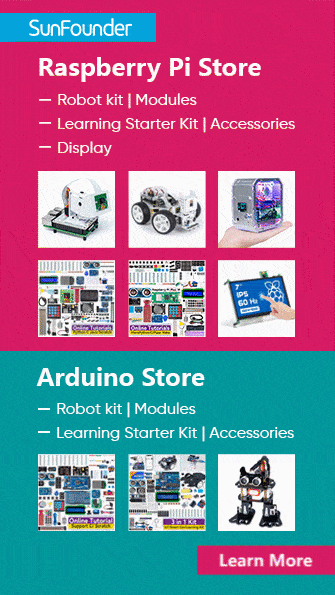Secure remote access to your Raspberry Pi over the internet is a powerful tool for hobbyists, professionals, and enthusiasts alike. Whether you're managing servers, controlling IoT devices, or simply wanting to access your files from anywhere, setting up remote access can significantly enhance your capabilities. This guide will walk you through the process step-by-step, ensuring that even beginners can achieve secure and reliable connections.
With the increasing demand for remote work and flexible computing solutions, understanding how to remotely control your Raspberry Pi becomes essential. Not only does it allow you to manage your projects from afar, but it also provides an added layer of convenience and efficiency. In this article, we'll explore various methods and tools that make remote access both simple and secure, focusing on user-friendly approaches suitable for those new to networking and Raspberry Pi configurations.
A Raspberry Pi can serve as a versatile networked KVM unit, enabling you to send display output from a remote host, such as your home laptop, directly to another device. This setup allows users to interact with their systems as if they were physically present. By leveraging the capabilities of Raspberry Pi, you can create a seamless experience for accessing and managing multiple machines without being tied down by location constraints.
Connecting to your Raspberry Pi remotely doesn't have to be complicated. With tools like 'Connect', much of the technical configuration is handled automatically. You won't need to worry about finding your Raspberry Pi's local IP address, your network's public IP address, or making manual modifications to your router settings. These automated processes simplify the connection procedure, allowing users to focus more on utilizing their Pi rather than troubleshooting connectivity issues.
Understanding Remote Desktop Solutions
Remote desktop protocols enable users to access their Raspberry Pi's graphical interface from any location via the internet. Tools such as SSH, FTP, and VNC provide different levels of interaction depending on what tasks are required. For instance, while SSH offers command-line access ideal for administrative purposes, VNC delivers full graphical support perfect for applications requiring visual feedback.
When considering remote access options, it's important to evaluate which method best suits your needs. Remote desktop solutions offer comprehensive control over the target machine, including mouse movements, keyboard inputs, and screen sharing. Such features are particularly beneficial when providing technical assistance or collaborating on projects involving complex software environments.
Security remains paramount when establishing these connections. Implementing encryption standards ensures data transmitted between devices remains protected against unauthorized interception. Regular updates to both operating system and application layers further strengthen defense mechanisms against potential vulnerabilities.
Setting Up Secure Connections Without Port Forwarding
Traditional methods often rely on port forwarding within routers to expose internal networks externally. However, alternative techniques exist that eliminate this necessity. Utilizing services designed specifically for facilitating secure remote access simplifies the entire process significantly.
One example includes employing specialized platforms that encapsulate communication channels securely without requiring changes at the router level. These platforms typically handle dynamic IP addressing automatically, reducing complexities associated with maintaining consistent endpoints for external reachability.
By adopting pre-configured solutions tailored towards ease-of-use, individuals gain peace of mind knowing their setup adheres to industry best practices regarding privacy preservation and reliability assurance. Additionally, many modern offerings include additional functionalities like session recording, multi-factor authentication, and bandwidth optimization enhancing overall utility derived from remote operations.
Practical Applications Beyond Basic Access
Beyond basic file retrieval or terminal commands execution, there lies vast potential in integrating advanced features into one's workflow using remote access technologies. High-definition GUI experiences complete with smooth animations may not always translate well across typical VNC links especially under constrained internet conditions. Nevertheless, certain scenarios justify investing effort optimizing such setups where interactive demonstrations or detailed troubleshooting sessions necessitate precise visuals.
For situations demanding high-quality video streaming or resource-intensive graphics rendering, exploring dedicated hardware accelerators paired alongside optimized codecs could yield satisfactory results despite inherent limitations imposed by standard remote desktop implementations. Balancing performance requirements against available bandwidth represents key considerations during planning stages.
Incorporating scripting languages like Python adds another dimension empowering automation scripts capable automating repetitive chores thus freeing up valuable time better spent elsewhere. Leveraging APIs provided by chosen remote access vendors opens doors towards custom integrations aligning closely with unique organizational workflows leading ultimately greater productivity gains overall.

